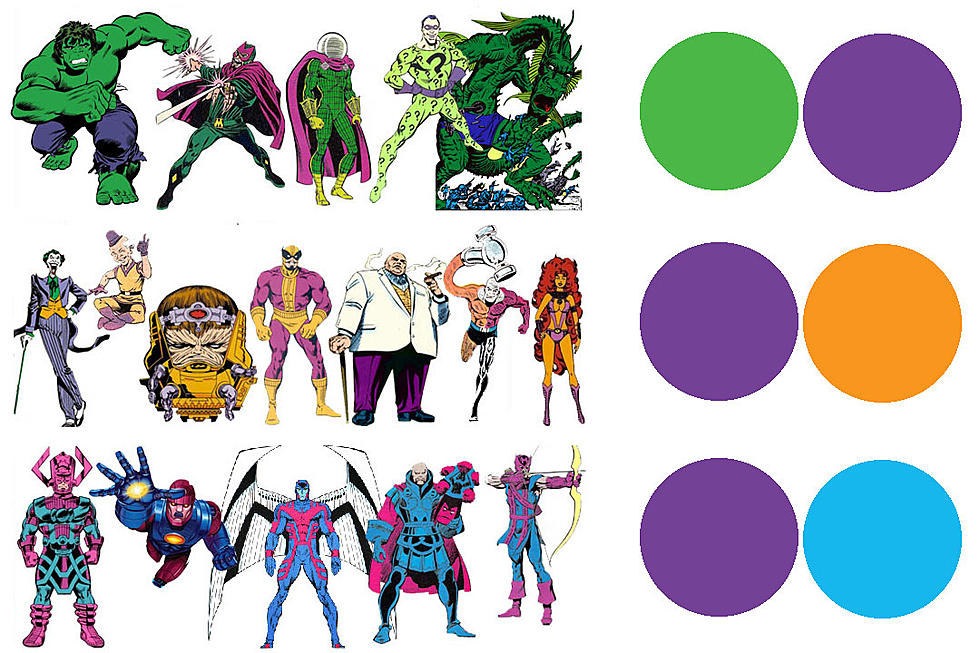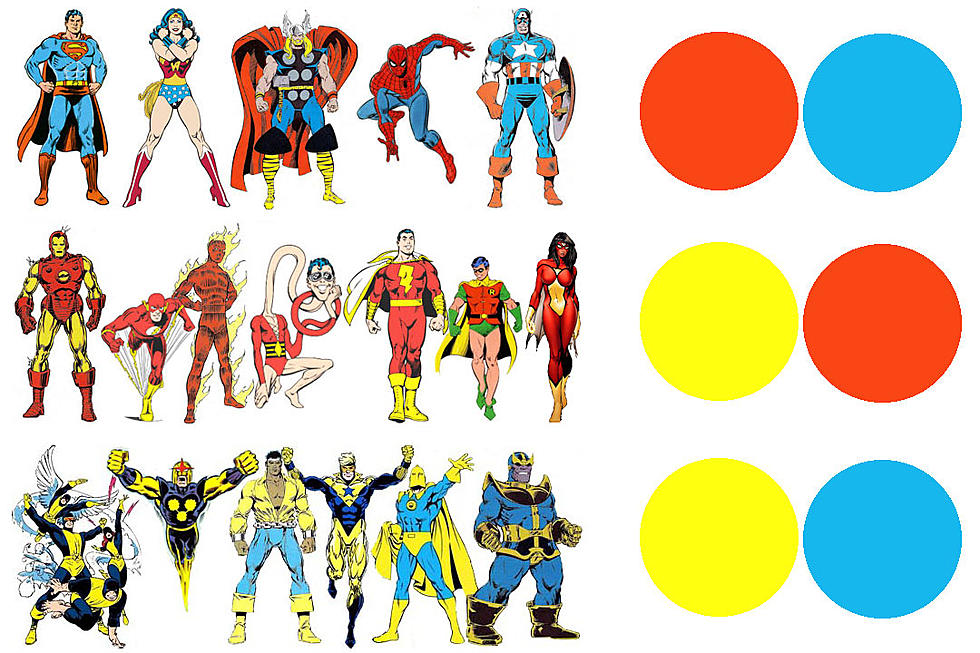
When Everything Is Pink: Sarah Stern On Color And Creativity
Sarah Stern is an up-and-coming talent in the world of comics. She primarily provides color art for comics like Goldie Vance and Brave Chef Brianna, but she's also created storyboards for animation, and recently created a webcomic, Cindersong, which she writes, illustrates, and colors herself.
ComicsAlliance had the chance to talk to Stern at Emerald City Comicon, where we nerded out about how the heck colorists create magic on the page, and talked about fantasy worldbuilding and making friends in the comics world.









